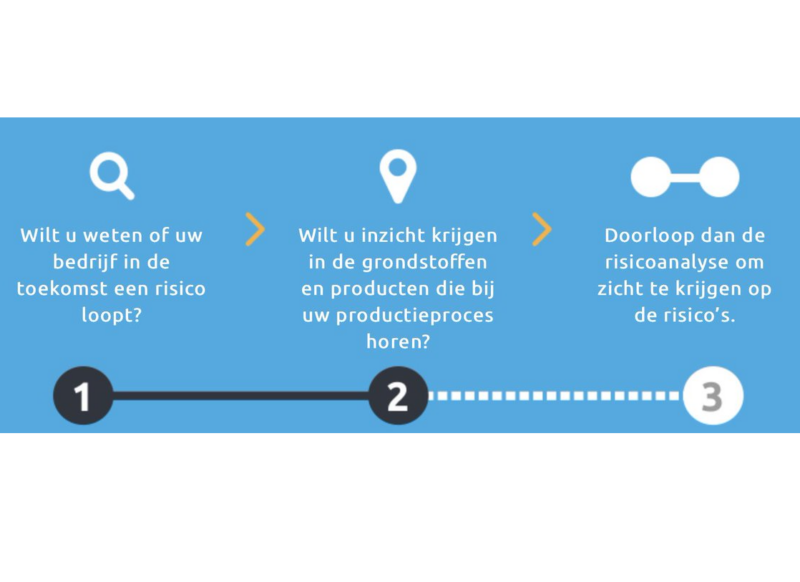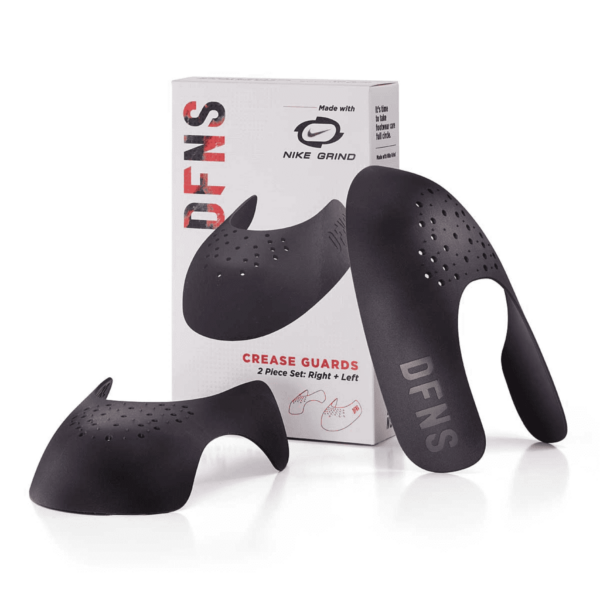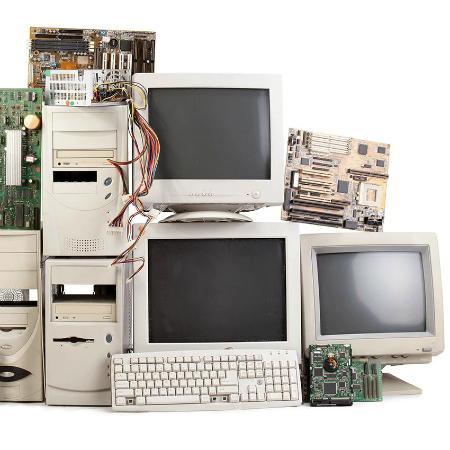Raw Materials Scanner – key indicators on materials dependency
When the Netherlands formulated its Raw Material Policy in 2011, it became clear the dependency on critical raw materials (CRM) for economies like the Netherlands is based on the import of (semi) finished products, rather than (bulky) raw material. The Dutch Ministry of Economic Affairs realized the need to raise awareness on supply chain risks companies face regarding their purchases and to know how materials ‘score’ on selected key indicators such as availability and recycling rate. Funded by the Ministry of Economic Affairs, TNO together with CML, NEVI, HCSS, and EY developed the ‘Raw Materials Scanner’, a web-based prototype to let people explore this link between CRM and product groups.

"A user friendly, web-based prototype enabling sustainability risk assessments of raw materials in complex supply chains."
A web-based prototype
The ‘Raw Materials Scanner’ provides its users with relevant information to assess and improve supply chain risks related to materials scarcity. It is a tool for Dutch SME’s to build more resilient and sustainable supply chains and ensure the sustainable use of raw materials. The tool is composed of searchable factsheets for 2,500 product groups and 64 raw materials. Those contain information such as the availability, price volatility, and risks relating to raw materials and product groups. The Raw Materials Scanner also provides perspectives on various approaches regarding how to mitigate these supply chain risks.
Neighboring governments to the Netherlands, branch organizations and geological surveys have indicated interest in the Raw Materials Scanner. Currently, KIC EIT Raw Material project called “Panorama” is building upon the database of the project and potential H2020 calls are aiming to create a version to serve the whole of the EU.



